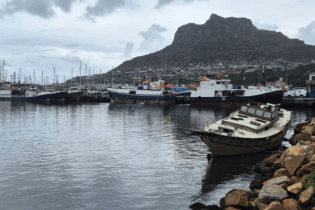President Jacob Zuma is quite correct to defend the success of the government’s service delivery efforts, according to the South African Institute of Race Relations.
Addressing a South African Local Government Association conference in Johannesburg recently, Zuma said that “no country could have produced the delivery we produced in the last 18 years”. The institute’s deputy CEO, Frans Cronje, said in a statement last week that a “myth has taken hold in South Africa that service delivery was a failure. However, research we have published over the past several years suggests that this is not the case.” Data published by the institute – an independent think-tank producing research, policy critiques and risk analysis on South Africa – shows that between 1996 and 2010:- The number of South African households living in formal houses increased from 5.8-million to 11-million or by 89.9%. Over the same period the proportion of all households living in a formal house increased from 64% to 76%.
- The number of South African households with access to electricity increased from 5.2-million to 11.9-million or by 127.9%, while the proportion of all households with access to electricity increased from 58% to 83%.
- The number of South African households with access to piped water increased from 7.2-million to 12.7-million or by 76.6%. The proportion with access to piped water increased from 80% to 89%.
“These improvements are corroborated by Living Standard Measure [LSM] improvements, which show equally dramatic improvements in the number and proportion of people in higher living standard brackets.
“Together with increased access to social welfare, which now reaches over 15-million people, service delivery successes are responsible for the fact that the proportion of South Africans living on less than US$2/day has declined from 12% in 1994, and a peak of 17% in 2002, to just 5% today.” Regarding service delivery protests, Cronje said that there was “no contradiction between the successes we identify and the protests that are now commonplace around the country. “These protests are not a function of the failure of delivery but rather of its success, in that this success has raised expectations that cannot be met because of shortcomings in the school system and the labour market.” Cronje said that while the ruling African National Congress (ANC) was not perfect, and while it could be debated whether state-led delivery was the best development model for a country to follow, “the data we have published is unambiguous that the ANC and the government it leads deserves considerably more credit for improving the living standards of poor and black South Africans than it has received.”






